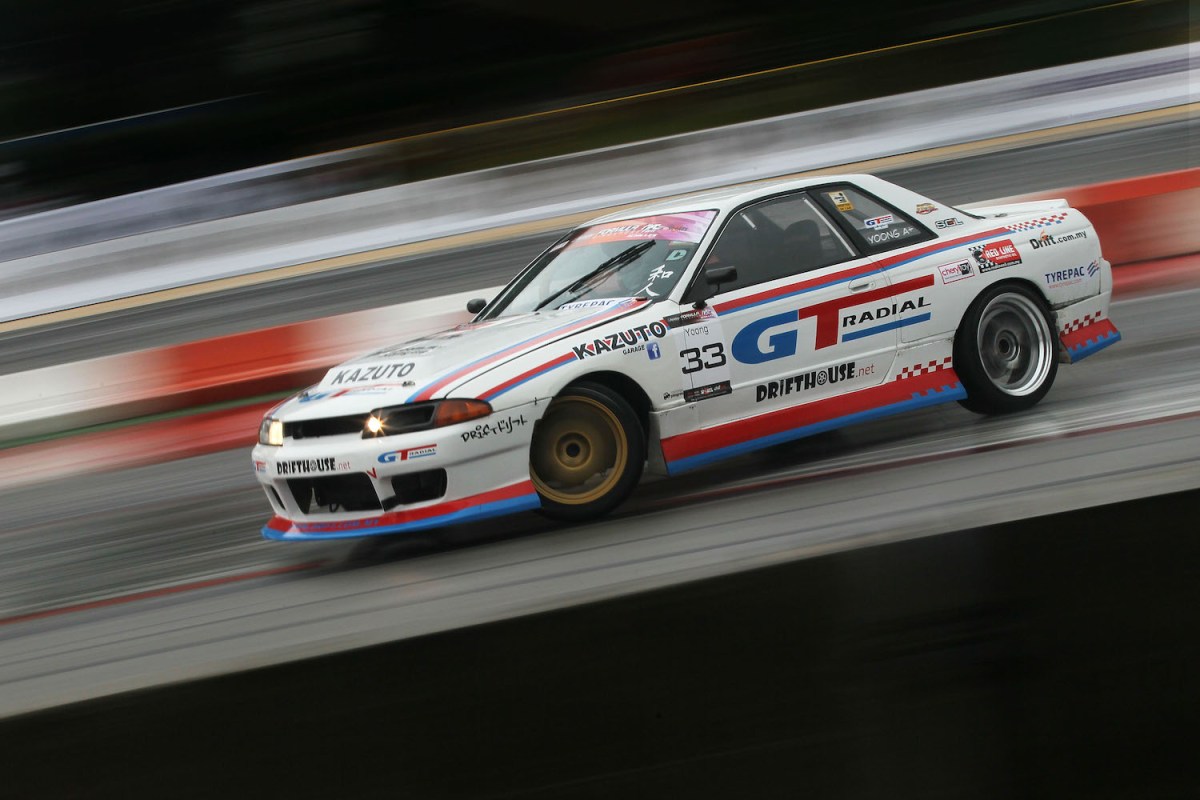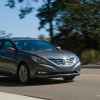
Three Times America Missed Out on the Best Japanese Imports
America sells some fantastic cars, some domestic and others imported. However, there was a time when it wasn’t able to sell some of the most impressive sports cars in their finest iteration. The BMW M3 is one of the most notorious examples of this practice. For U.S. markets, the E36 M3 received a weaker and more basic engine. Here are some examples of where that same treatment came from the other side of the world, in Japanese imported sports cars.
Nissan S13 180sx lost its turbocharger as an import
The Nissan 240sx is the prime example of America missing out on what would have been an exquisite Japanese car. Though the U.S. did receive a 240sx, it was neutered to the point of disgrace. America received a variant of the 240sx with a 2.4-liter four-cylinder engine that came from a truck. Meanwhile Japan got the 180sx, which used a turbocharged 2-liter four-cylinder sending 200 horsepower to the rear wheels. The car remained mostly the same in the U.S. and retained its wheelbase, preserving what makes it such a great car for drifting. A turbo would have been nice, though.
Nissan Skyline R32 GT-R and all of its technology never made it to the U.S.

Nissan’s R32 GT-R was a technological marvel. It came with the famous RB26DETT, a twin-turbocharged 2.6-liter inline-six that produced 276 horsepower officially, but dyno tests prove otherwise. It had Nissan’s proprietary ATTESA E-TS all-wheel drive system, which had a computer that used circumstantial data to distribute torque to each wheel. The R32 was a force to be reckoned with, and America didn’t get a lick of it.
The first time a Nissan GT-R showed up in the U.S. was in 2009, and it was very different. Though America never received production R32s, you can find them now that they’re old enough. Import A Vehicle is a shop in Long Beach, CA, that curates and sells Japanese imports and makes them legal for U.S. city streets.
Mitsubishi Lancer Evolution was several decades late as an import

The U.S. did finally import the Mitsubishi Lancer Evolution, but only after missing out on seven generations. Mitsubishi started the Lancer Evolution in 1992 on the basis of its Galant VR-4, an all-wheel-drive sedan with a turbocharged inline-four. The Evolution 1-9 used the same 4G63T engine from the Galant, as it had an iron block that could take a lot of boost pressure.
Over the years, it received several improvements and eventually made 300 horsepower in stock form, off 19 psi. These engines are popular among tuners because they can handle almost 30 psi, and the first thing to go is the head gasket. The first seven generations of Lancer Evolution were light as a feather made tons of power, and had all the grip in the world.
Though America didn’t receive these cars until much later in their lives, they are all old enough to import. The only trick after that is making sure they’re street legal, and in some states, can pass a smog test.


